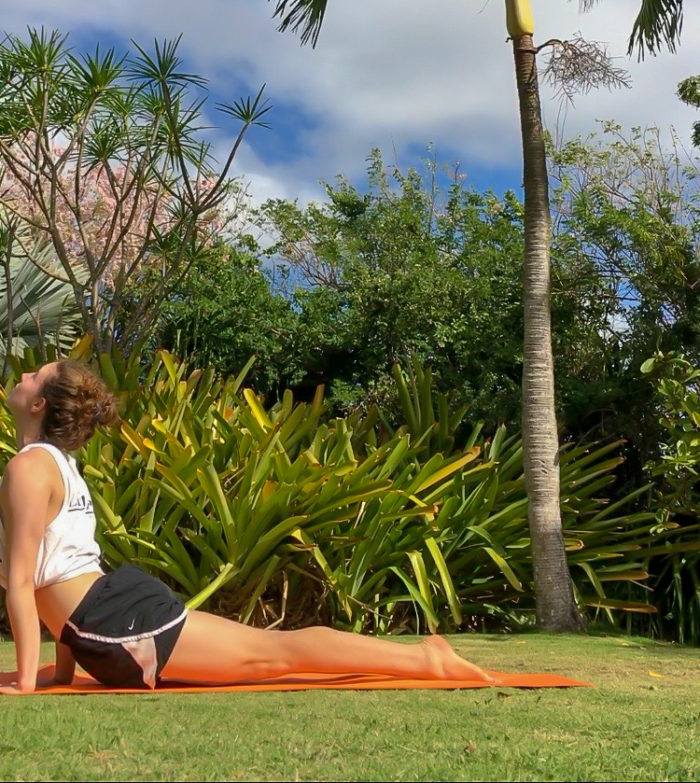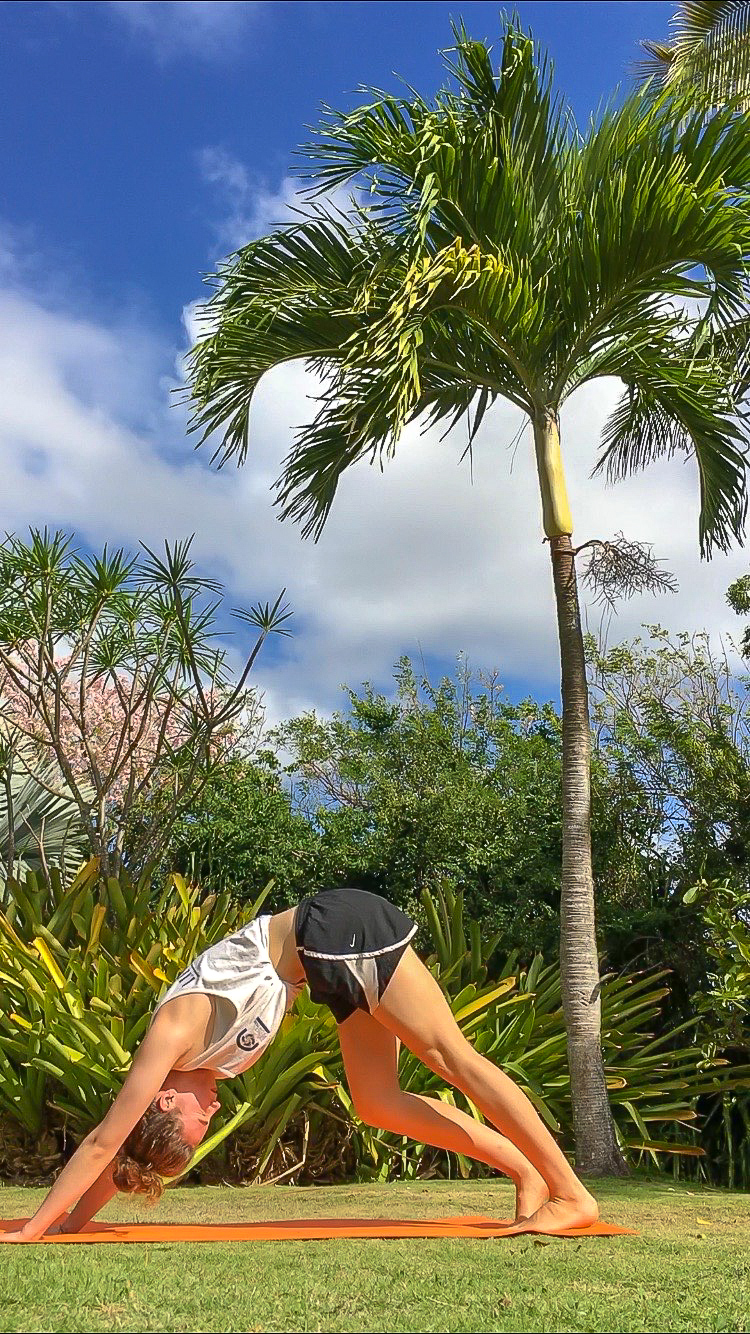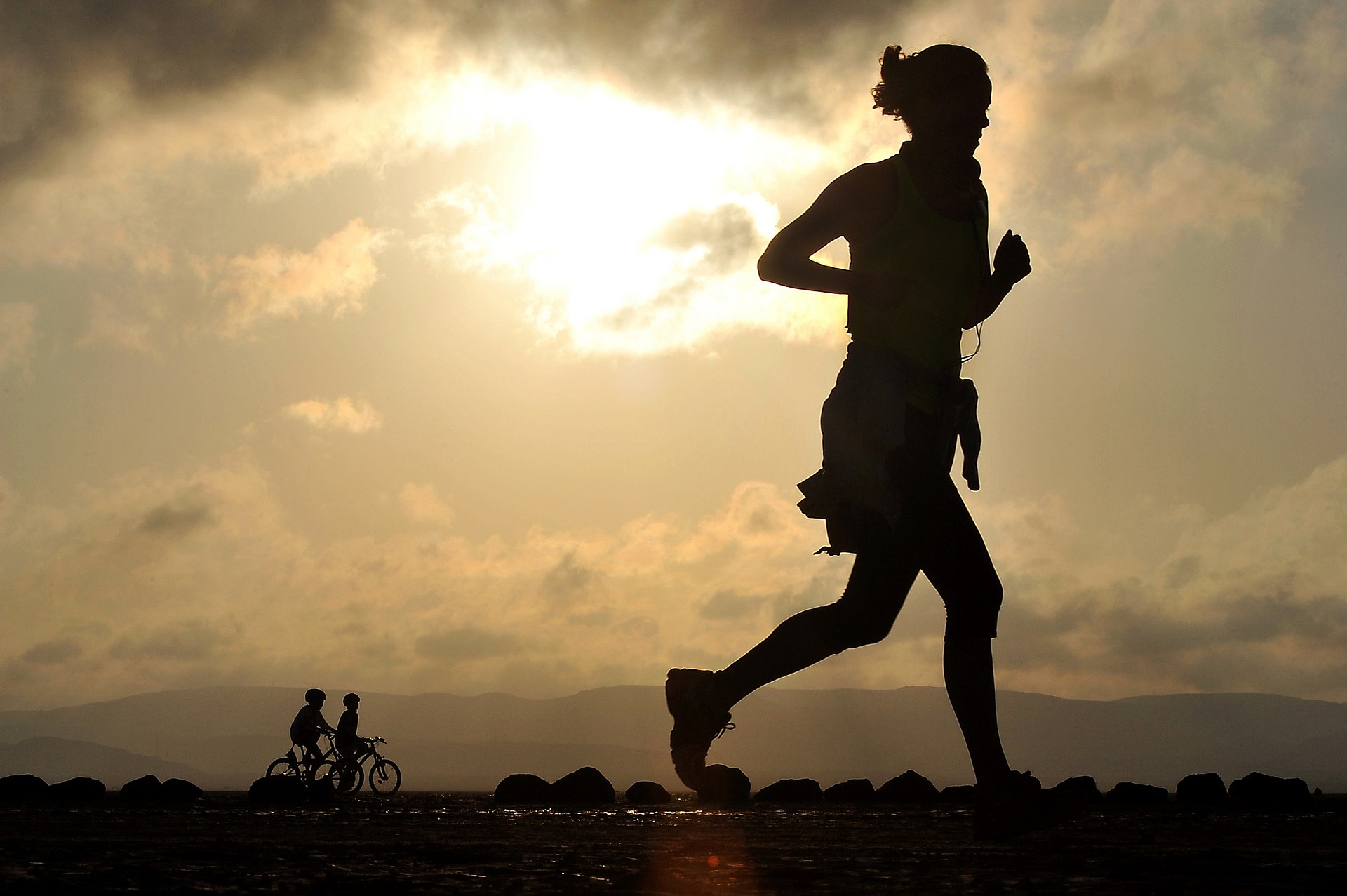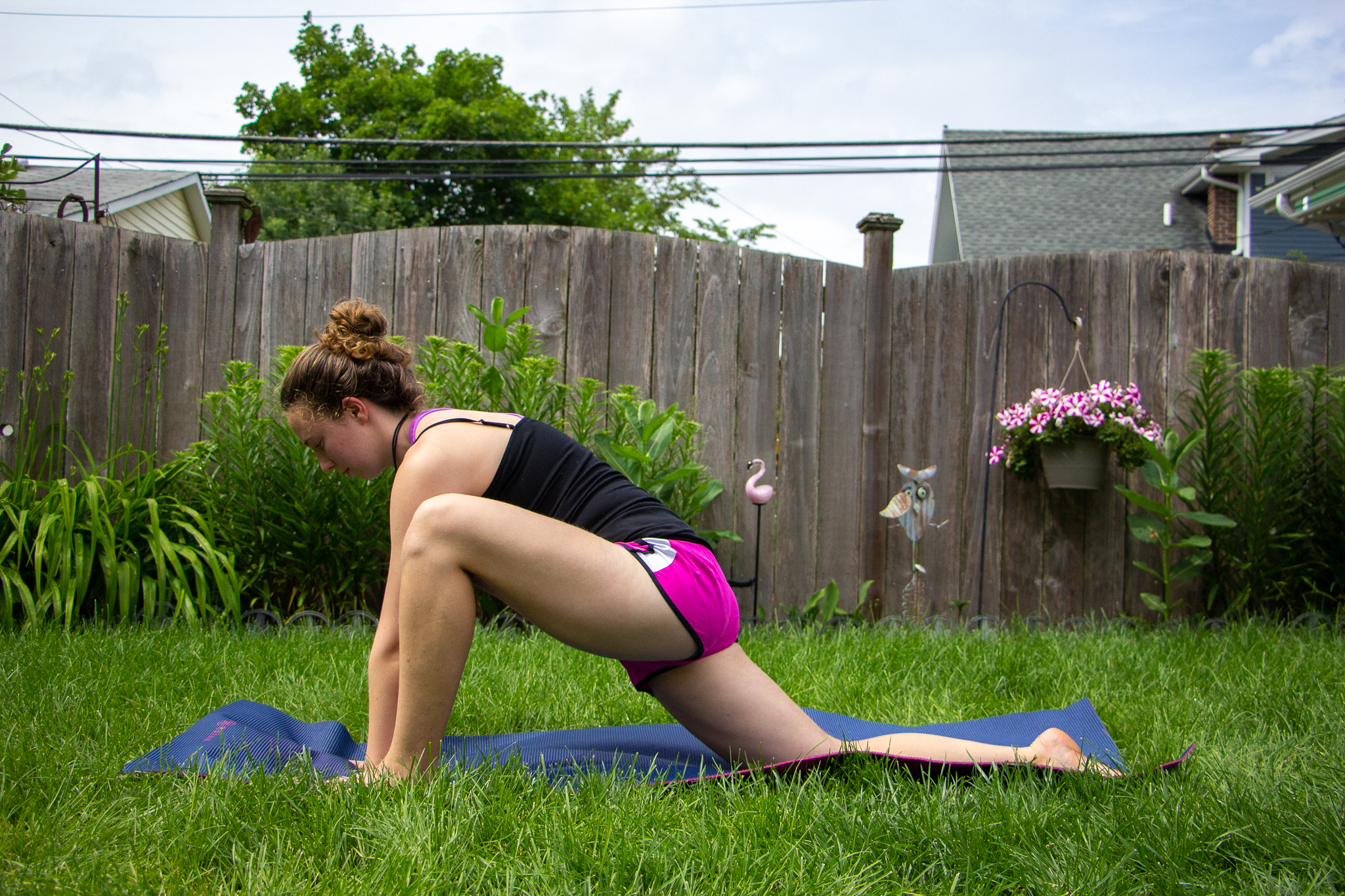 How do you normally warm up? Many people simply go on a cardio machine or rely on a bike or run to the gym to warm up; this is fine, but won’t optimally prepare you for your workout. Worse yet is failing to warm up at all (hey, we’ve all been tempted to skip the warm-up!). I get it, you’re on a time crunch, but warming up is incredibly important for preventing injury, preparing for proper movement patterns, and allowing you to get the maximum benefit from your workout. The warm-up may well be the most important part of your workout.
How do you normally warm up? Many people simply go on a cardio machine or rely on a bike or run to the gym to warm up; this is fine, but won’t optimally prepare you for your workout. Worse yet is failing to warm up at all (hey, we’ve all been tempted to skip the warm-up!). I get it, you’re on a time crunch, but warming up is incredibly important for preventing injury, preparing for proper movement patterns, and allowing you to get the maximum benefit from your workout. The warm-up may well be the most important part of your workout.
If your typical warm-up is getting stale, you’re not totally sure what to do to warm up, or you’re scratching your head thinking, “wait, what’s wrong with just going on a cardio machine?”—keep reading. We’re going to talk all about what a proper warm-up consists of and how you can switch movements but still keep a routine!
I use what I call a three-part warm-up with my clients and class participants. I find splitting the warm-up into three parts empowers exercisers to switch movements up on their own while making sure they’ve touched every base when it comes to getting a complete warm-up. The three parts are: cardio, dynamic stretching, and rehearsal moves.
Cardio
The goal during the first part of your warm-up is to get the heart rate up. A lot of physiological changes take place in your body as you start to exercise (your heart rate increases, the stroke volume—the amount of blood pumped by the left ventricle per heartbeat—increases, and your lungs begin to take in more oxygen, just to name a few!) and starting your workout aerobically will facilitate these changes! Think about it this way—your body doesn’t know you’re about to exercise and that it will need to increase the amount of blood pumped, oxygen taken in, etc. You need to let it know that it’s go-time with some light movement first: a walk, jog, bike, etc.
The cardio portion of your warm-up does not need to be long. Even 3-5 minutes can suffice; the goal is to get the body moving and get the heart rate up.
Some suggestions for cardio movements include:
- Walking
- Biking
- Jogging
- Stairmaster
- Elliptical
- High knees
- Butt kicks
- Jumping jacks
- Jump rope
- Skaters
- Shuffle
Feel free to mix and match these movements and try different exercises on different days! Remember, the goal here is to get the heart rate up.
Dynamic stretching
You may have grown up doing static (not moving) stretches before sports and exercise. When studies started to show that static stretching may actually compromise athletic performance without preventing injury, many people became confused (I know I was!) and unsure about what, when, and how they should be stretching. Recent research has only confirmed the harm of performing long static stretch holds before exercise: a meta-analysis of 104 studies looking at static stretching used in warm-up found that static stretching reduces muscular strength and muscular power by 2 and 5.5%, respectively. Static stretching is much more safe and effective at the end of your workout.
Static stretching may do more harm than good at the beginning of your workout, but working to improve joint range-of-motion is still important. The solution? Dynamic stretching. Dynamic stretching is exactly what it sounds like: stretching while moving. A healthy warm-up routine always includes a bit of dynamic stretching; this lengthens out the muscles (without compromising strength) and increases range-of-motion.
Some suggestions for dynamic stretching movements include:
- Tin soldier
- Hip circles
- Bird dog
- Flow from kneeling hip flexor stretch to kneeling hamstring stretch
- Flow from tabletop to child’s pose
- Leg swings
- Ankle circles
- Arm circles
- Shoulder circles
- Torso twists
- Flow from forward fold to halfway lift
- Low side lunges
- Walking down dog

Peddling out the feet during down dog dynamically stretches the calf muscles.
Rehearsal Moves
Once the heart rate is up and the muscles and joints are warm, it’s time to prepare for the specific movements you’re going to do during your workout. In the fitness world we call these “rehearsal movements,” but they’re really as simple as the most basic version of whatever movements you’ll be focusing on during the workout.
For example, if you are going to be squatting and deadlifting with weight during your workout, you’ll want to do these movements without weight as part of the warm-up. If you’re going to be honing in on plank-based movements and increasing the resistance by lifting up your legs, arms, bringing knee to nose, etc. then you’ll want to plank as part of your warm-up. If you’re working up to a plank on your toes, then you’ll want to plank on your knees as you prepare for the conditioning portion of the workout.
Don’t feel like you need to do a simplified version of every single exercise you’re planning to do; the goal here is to prepare the muscles and nervous system for complex movements and the addition of external resistance. Compound movements such as squats, lunges, bridges, push-ups, etc. are great here because they engage many muscles at once. Doing these movements will prepare your body for a successful workout as well as strengthen the mind-muscle connection. Prepping the nervous system allows you to move more mindfully and safely.
Some suggestions for rehearsal moves include:
- Squats
- Deadlifts
- Glute bridges
- Lunges (static, forward, reverse, side, curtsy, etc.)
- Single-leg deadlifts
- Plank
- Push-ups (on knees, on toes, or hand-release)
- Single leg balance
The three-part warm-up formula works for virtually any workout because it can be completely tailored to your individual workout. Feel free to mix and match movements from any of the three categories and add your own—you’ll get a great warm-up every time but will be able to change your routine so it doesn’t get stale!
Also by Maille: Love Running, Not The Pain? Avoid Injuries & Train Better With These Essential Tips
Counteract Sitting All Day With These 4 Powerful Stretches For Posture
Get more like this—Subscribe to our daily inspirational newsletter for exclusive content!
__
Photo: Maille O’Donnell




